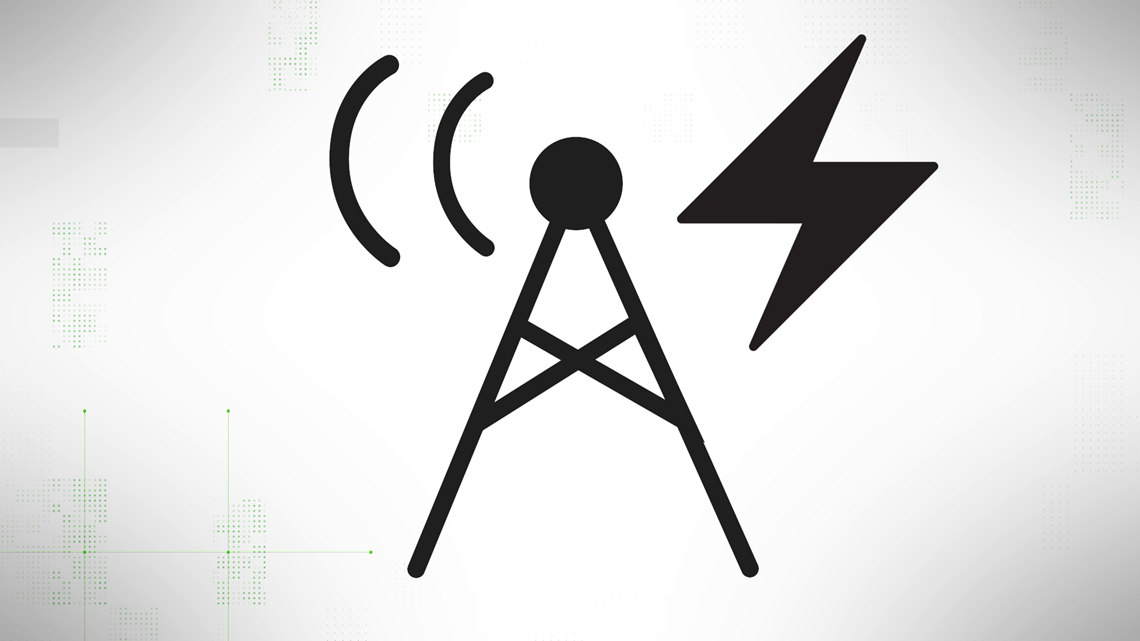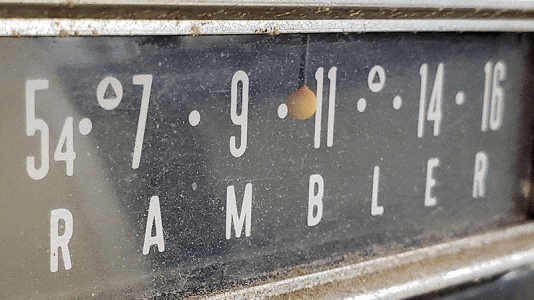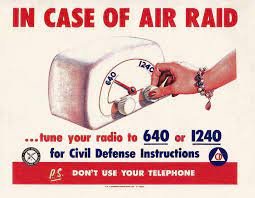Sorry to dig up an older thread, but this anecdote I have underlines
perfectly why radio is so important (disregard AM vs FM for a moment, as for the purposes of this post, they're both equal):
So, I'm driving home today, and I turn on the radio to KCBS (I listened on AM, but FM probably would've worked too), which was reporting on a power outage that is affecting areas near my house.
On my way through that area, I see that virtually everything is dark.
Fortunately, my house is unaffected, but guess what? No cell service!
What if, hypothetically, I were in a car that only allowed for cell-based digital streaming from the Internet, and there were no longer any analog OTA stations to tune into? I wouldn't have been able to hear any news at all! And no cell service means I can't look it up or call anyone either.
This once again proves my point that when a widespread problem arises that affects the power grid and related infrastructure, cell phones are among the first to go offline. Had this been an emergency (an evacuation from a wildfire, say), how would anyone be able to get any information? I got lucky and still have power, so I can look such things up while at home, but what if my power
was out, as it is for the majority of the city a couple miles west? Without power, their computers and WiFi are probably out. Cell service is out too evidently, so what's left?
Uh-huh.... 
c



